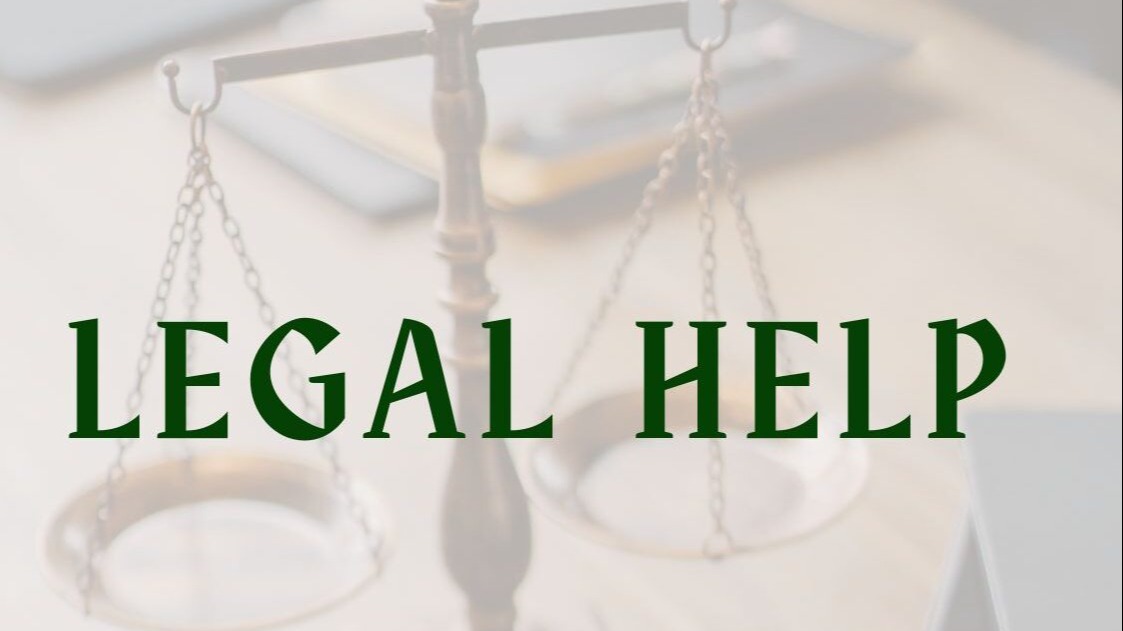Domestic Violence: Understanding the Laws and Regulations
Domestic violence is a serious issue that affects individuals and families across the United States. It encompasses a range of abusive behaviors that occur within intimate relationships, including physical, sexual, emotional, and economic abuse. Understanding the laws and regulations pertaining to domestic violence is crucial for both victims and legal professionals involved in dealing with these cases. This article aims to provide an in-depth analysis of domestic violence laws in the United States, highlighting their key provisions, legal consequences, and available resources for victims.
1. Historical Overview
Domestic violence has not always been adequately addressed in the legal system. In the past, it was often considered a private matter between spouses, and law enforcement agencies were hesitant to intervene. However, societal attitudes have significantly changed over the years, leading to the development of laws and regulations aimed at protecting victims and holding perpetrators accountable.
2. Federal Regulations
a) Violence Against Women Act (VAWA)
The Violence Against Women Act, first enacted in 1994, is a federal law aimed at preventing and responding to domestic violence, sexual assault, dating violence, and stalking. VAWA provides funding for various programs that support survivors of domestic violence and has been reauthorized multiple times, most recently in 2018. It has played a crucial role in improving the response to domestic violence at both the federal and local levels.
b) The Family Violence Prevention and Services Act (FVPSA)
The Family Violence Prevention and Services Act, initially passed in 1984, provides financial assistance to states, territories, and tribes to support domestic violence prevention and intervention programs. FVPSA focuses on funding emergency shelters, crisis hotlines, and related services for individuals affected by domestic violence. It has been instrumental in helping victims access essential resources and support.
3. State Laws
While federal laws set the stage for addressing domestic violence, state laws play a critical role in determining specific provisions, procedures, and penalties. Each state has its own set of laws regarding domestic violence, which can vary in terms of definitions, penalties, and available resources.
a) Criminal Laws
States generally criminalize domestic violence and have specific statutes outlining the offense and its consequences. These laws aim to protect victims, punish perpetrators, and deter future acts of violence. Elements such as physical harm, emotional abuse, or coercive control are often included in these statutes.
b) Protection Orders
Protection orders, commonly known as restraining orders or orders of protection, are court orders that restrict an abuser's contact with the victim. These orders can include provisions such as prohibiting the abuser from contacting the victim, entering the victim's home or workplace, and possessing firearms. Violating a protection order is a serious offense and can result in criminal charges.
c) Mandatory Arrest Laws
Some states have enacted mandatory arrest laws, which require law enforcement officers to make an arrest when responding to domestic violence incidents under certain circumstances. These laws aim to ensure that law enforcement takes immediate action and provides protection to victims.
d) Civil Laws
Apart from criminal laws, many states have civil laws that offer additional legal remedies to victims of domestic violence. These can include family law provisions, such as divorce, child custody, and access to financial support. Civil laws also empower victims to seek compensation for damages, including medical expenses, counseling fees, and lost wages.
4. Legal Consequences
Perpetrators of domestic violence face various legal consequences depending on the severity of the offense and the applicable laws. Common legal consequences include:
a) Criminal Charges
If a perpetrator is charged with domestic violence, they may face criminal charges ranging from misdemeanor to felony offenses, depending on the circumstances. Penalties can include fines, probation, mandatory counseling or treatment programs, and imprisonment.
b) Civil Remedies
Victims may seek civil remedies such as protection orders, divorce, child custody modifications, and financial support through the civil court system. These remedies aim to provide legal protection and assistance to victims in rebuilding their lives.
c) Immigration Consequences
In cases involving immigrant victims, the immigration consequences for both the victim and the perpetrator can be significant. Certain provisions within the Immigration and Nationality Act provide remedies for victims of domestic violence, including the U visa and the Violence Against Women Act self-petition.
5. Resources for Victims
Victims of domestic violence can access a wide range of resources to seek help, support, and protection. These resources include:
a) Hotlines and Helplines
National and state-level helplines provide immediate assistance to victims of domestic violence. Trained professionals offer emotional support, safety planning, and connections to local service providers.
b) Shelters and Safe Houses
Emergency shelters and safe houses provide temporary housing for victims and their children who are in immediate danger. These facilities also offer counseling services, legal advocacy, and assistance in finding permanent housing.
c) Counseling and Therapy
Many organizations offer counseling and therapy services to victims of domestic violence, helping them overcome the emotional trauma and supporting their long-term recovery and healing.
d) Legal Aid and Legal Advocacy
Legal aid organizations and legal advocacy groups specialize in providing legal assistance to victims of domestic violence. They can help victims navigate the legal system, obtain protection orders, seek divorce or custody modifications, and access other legal remedies.
Domestic violence is a pervasive problem that demands attention and action. In the United States, federal and state laws work in conjunction to address this issue, providing legal protections, penalties for perpetrators, and resources for victims. Understanding these laws and regulations is essential for promoting victim safety, holding abusers accountable, and fostering a society that does not tolerate domestic violence. By continuously working to improve and evolve these laws, we can offer better protection and support to those affected by domestic violence..






